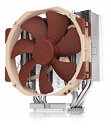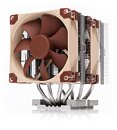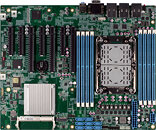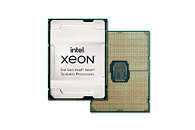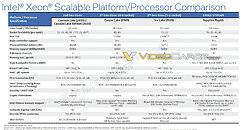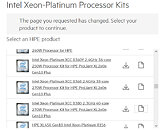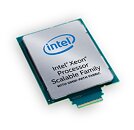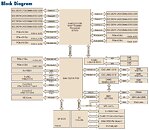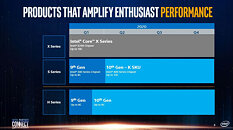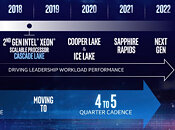AAEON's New ZEUS-WHI0 is a Modular, Scalable Server System Built for Large Industrial Networks
AAEON, a leading manufacturer of industrial-grade server solutions, has announced the release of the ZEUS-WHI0 4U Rackmount Whitely Platform Server System. The ZEUS-WHI0 is AAEON's first system-level solution to utilize a 3rd Generation Intel Xeon Scalable Processor (formerly Ice Lake-SP). With up to 40 cores and 80 threads, this platform provides server-grade power while also benefitting from peripheral technologies such as Intel Crypto Acceleration, Intel VT-x, and Intel AES-NI.
Equipped with seven PCIe slots with up to Gen 4 speed capability, the ZEUS-WHI0 is exceptionally expandable, making it capable of supporting up to four GPU cards for AI acceleration and enhanced graphics realization. Further to this, the ZEUS-WHI0 also supports eight 2.5" or 3.5" HDD via two 4-bay inputs for storage, alongside an additional M.2 2280 M-Key for PCIe [x4].
Equipped with seven PCIe slots with up to Gen 4 speed capability, the ZEUS-WHI0 is exceptionally expandable, making it capable of supporting up to four GPU cards for AI acceleration and enhanced graphics realization. Further to this, the ZEUS-WHI0 also supports eight 2.5" or 3.5" HDD via two 4-bay inputs for storage, alongside an additional M.2 2280 M-Key for PCIe [x4].







